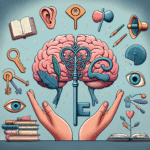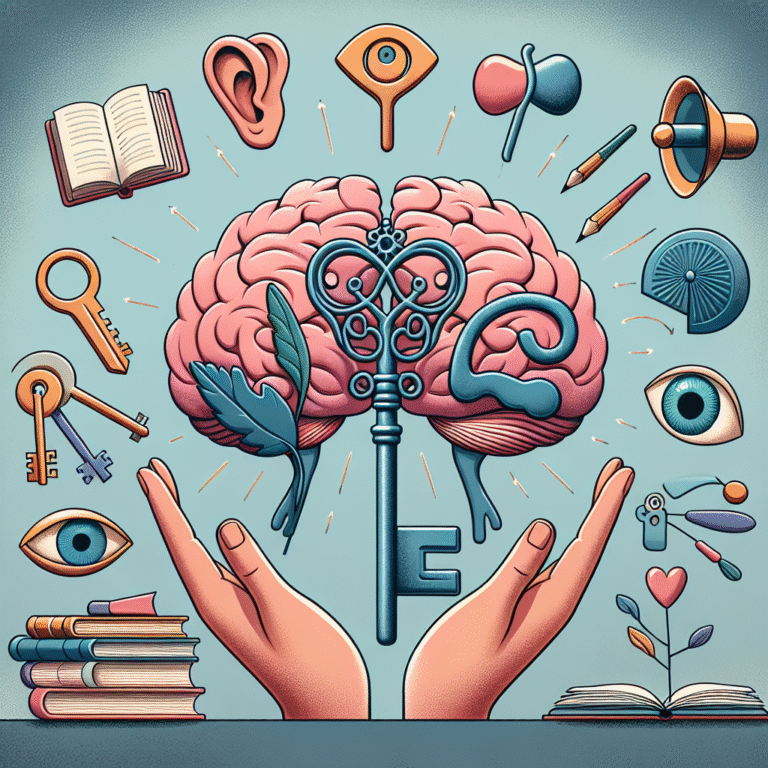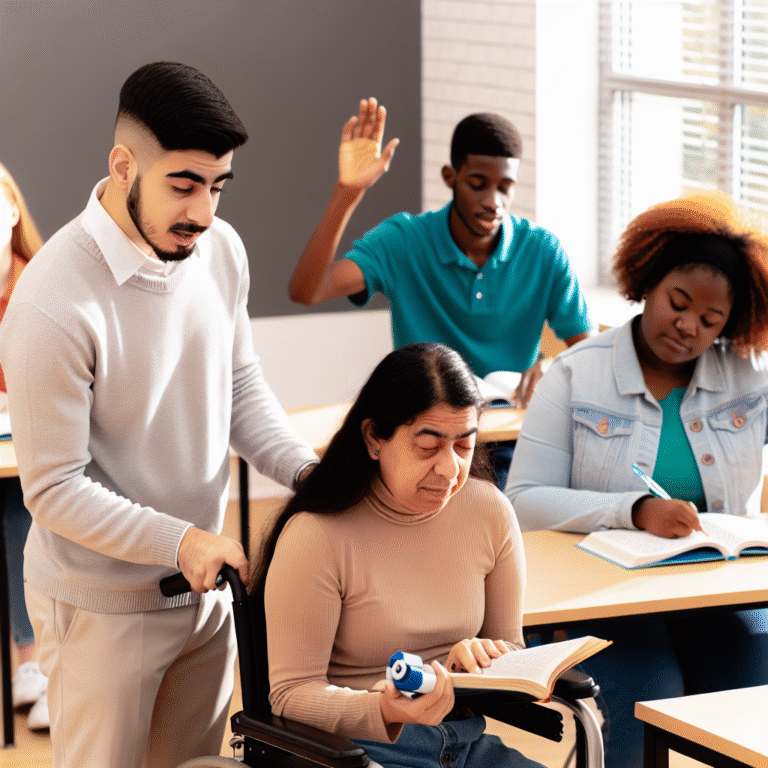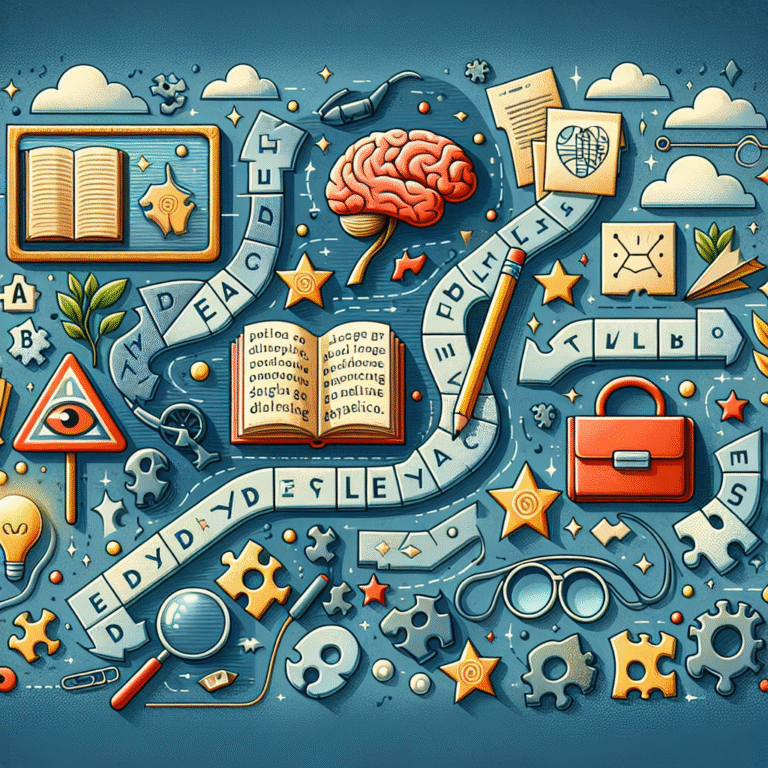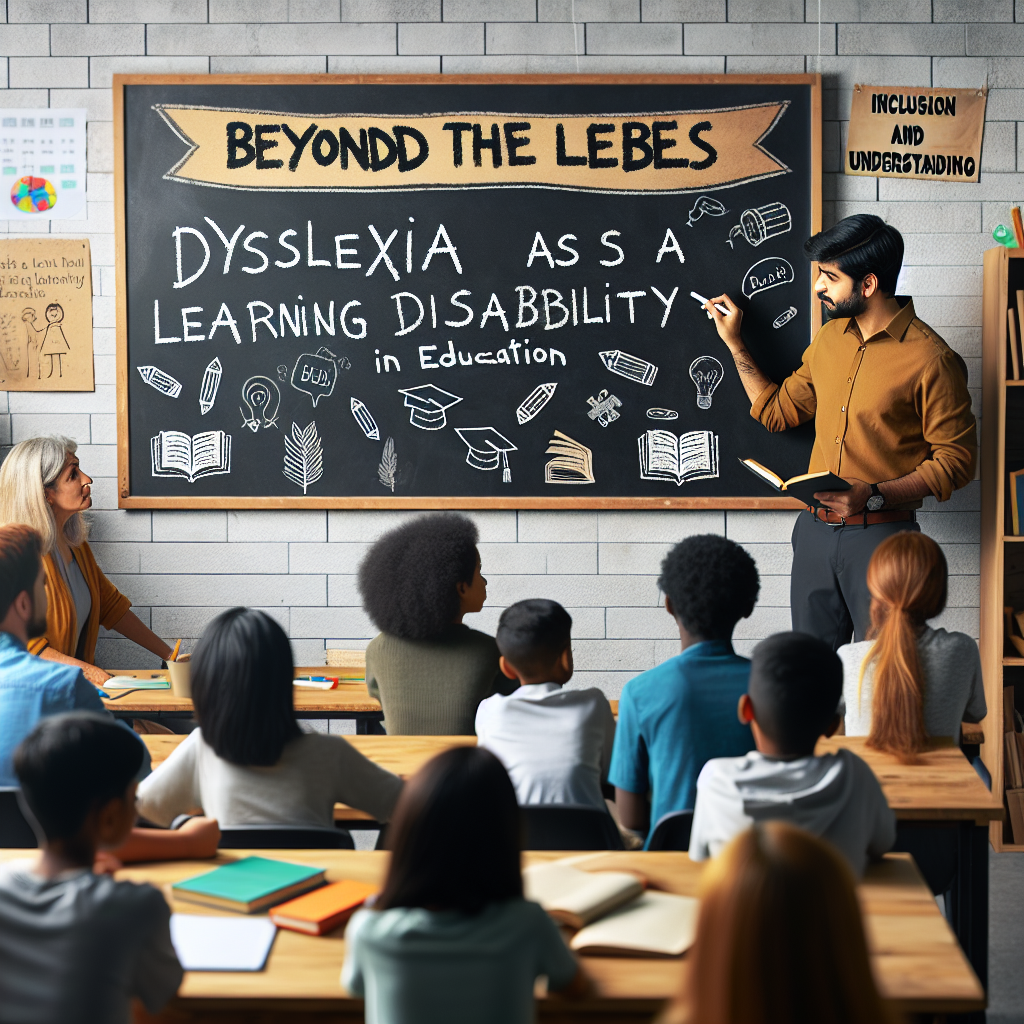
Beyond the Labels: Dyslexia as a Learning Disability in Education – Unlocking Potential
Introduction
Imagine stepping into a world filled with words; their meaning dances just out of reach, each letter a twist in a puzzle that refuses to be solved. For many students, this is the daily reality of living with dyslexia. Beyond the Labels: Dyslexia as a Learning Disability in Education invites us to dig deeper, transcending preconceived notions about this learning disability and unraveling the immense potential that lies within. While conventional education often views dyslexia through a clinical lens, this article aims to shed light on dyslexia’s complexities and the incredible paths that can spring from understanding and support.
Understanding Dyslexia
What is Dyslexia?
Dyslexia is a specific learning disability that affects reading, writing, and spelling. It results from differences in how the brain processes language, rather than a person’s overall intelligence. Approximately 1 in 10 people are affected by dyslexia, yet many remain undiagnosed or misunderstood.
Common Misconceptions
The term “dyslexia” carries a reputation that can be limiting. Some believe that individuals with dyslexia simply need to try harder, overlooking the neurological factors that contribute to this condition. Beyond the Labels: Dyslexia as a Learning Disability in Education highlights the importance of moving past these outdated beliefs to foster a more inclusive educational environment.
The Neurobiological Perspective
Research indicates that dyslexia results from specific differences in the brain’s structure and function, particularly within areas responsible for language processing. Understanding these neurological aspects is crucial for developing effective teaching strategies and creating supportive learning environments.
The Impact of Dyslexia in Educational Settings
Emotional and Social Effects
Students with dyslexia often struggle with self-esteem and may feel alienated in traditional classroom settings. Negative experiences can shape educational paths and lead to disengagement. Recognizing these emotional facets is essential for educators and parents alike.
Academic Challenges
Reading difficulties, slow processing speed, and challenges in language acquisition are common hurdles faced by dyslexic learners. These barriers can hinder progression through standard curricula, but with tailored support, significant achievements are possible.
Case Study: Emily’s Journey
Emily, a 10-year-old with a dyslexia diagnosis, initially faced academic challenges that left her feeling defeated. However, with the help of specialized tutoring and a supportive environment at school, she discovered effective reading strategies and flourished in her writing. Emily’s case exemplifies how targeted support can dramatically shift a student’s trajectory.
Analysis: Emily’s story highlights the power of intervention and support, emphasizing the idea that beyond the labels, individual needs and strengths must be acknowledged and nurtured.
Strategies for Supporting Dyslexic Learners
Multisensory Instruction
One of the most effective approaches for teaching dyslexic students is multisensory instruction, which integrates visual, auditory, and kinesthetic learning. Methods such as the Orton-Gillingham approach break down language into manageable parts, making reading and writing more accessible.
Technology in Education
Assistive technology plays an essential role in leveling the playing field for students with dyslexia. Tools such as text-to-speech software and audiobooks help students access material they might otherwise find daunting.
| Technology Tool | Use Case |
|---|---|
| Text-to-Speech | Enables reading assistance |
| Audiobooks | Provides access to literature |
| Speech-to-Text Software | Aids in writing assignments |
| Word Prediction Tools | Supports spelling and composition |
Case Study: Jason’s Tech Transformation
Jason, a high school student with dyslexia, struggled with reading comprehension for years. After his school implemented assistive technology in the classroom, Jason found himself thriving. He could now engage with complex texts, paving the way for academic success.
Analysis: Jason’s case underscores the transformative potential of technology in education, demonstrating that effective tools can significantly enhance learning experiences for those with dyslexia.
Classroom Environment: Creating Inclusivity
Fostering a Supportive Atmosphere
Creating an inclusive classroom environment involves empathy and a willingness to adapt. Teachers should embrace diverse learning styles and encourage collaboration among students. Fostering a culture where mistakes are seen as learning opportunities is vital.
The Role of Professional Development
Equipping teachers with the knowledge to support dyslexic learners ensures that effective strategies are implemented across the board. Ongoing professional development focused on dyslexia can enhance educators’ abilities to meet the needs of all students.
Case Study: A Teacher’s Transformation
Mrs. Thompson, an experienced educator, decided to undergo training in dyslexia awareness. By implementing new strategies and demonstrating confidence in her approach, she transformed her classroom into a haven for students with learning disabilities. This led to an increase in students’ engagement and success rates.
Analysis: This case illustrates that teacher education is paramount in addressing the needs of dyslexic learners, showing how informed instruction can change the classroom dynamic for the better.
Parental Support and Advocacy
The Home Environment
Parents play a crucial role in advocating for their children with dyslexia. Encouraging a positive attitude towards challenges, celebrating small victories, and seeking resources and support can make profound differences.
Navigating the Education System
Understanding how to navigate educational systems and securing appropriate accommodations can be daunting for parents. Resources such as advocacy groups and online support forums can empower families to make informed decisions.
Conclusion
Beyond the Labels: Dyslexia as a Learning Disability in Education serves as a call to action for educators, parents, and the community. While dyslexia presents challenges, it also unveils unique strengths and talents waiting to be unlocked. Embracing a comprehensive, supportive, and understanding approach can make all the difference.
As we journey toward a more inclusive educational framework, remember that every child has the potential to succeed. Together, we can shatter the stereotypes surrounding dyslexia, paving the way for a brighter, more inclusive future for all learners.
FAQs
1. What is dyslexia, and how does it affect learning?
Dyslexia is a learning disability that affects reading, writing, and spelling due to differences in how the brain processes language. Students with dyslexia may struggle with reading fluency, comprehension, and phonemic awareness.
2. How can teachers support students with dyslexia?
Teachers can support students by employing multisensory instruction, incorporating technology, and fostering an inclusive classroom where mistakes are accepted as part of the learning process.
3. Are there specific signs parents should look for?
Signs of dyslexia can include difficulty reading aloud, slow reading speed, and trouble with spelling. Parents may also notice frustration or anxiety around books and written assignments.
4. How can technology help students with dyslexia?
Assistive technologies, such as text-to-speech software and audiobooks, can help dyslexic students access learning materials in ways that suit their strengths, facilitating comprehension and engagement.
5. What role do parents play in supporting a child with dyslexia?
Parents can advocate for their child’s needs, seek resources and support, and create a positive home environment that encourages their child to embrace challenges.
6. Is dyslexia a lifelong condition?
While dyslexia is a lifelong condition, individuals often develop coping strategies and skills that allow them to succeed academically and professionally. With the right support, many dyslexics thrive in various fields.
By focusing on the potential that exists beyond the labels, we can create a society that values diverse learning styles and empowers every student to shine.
